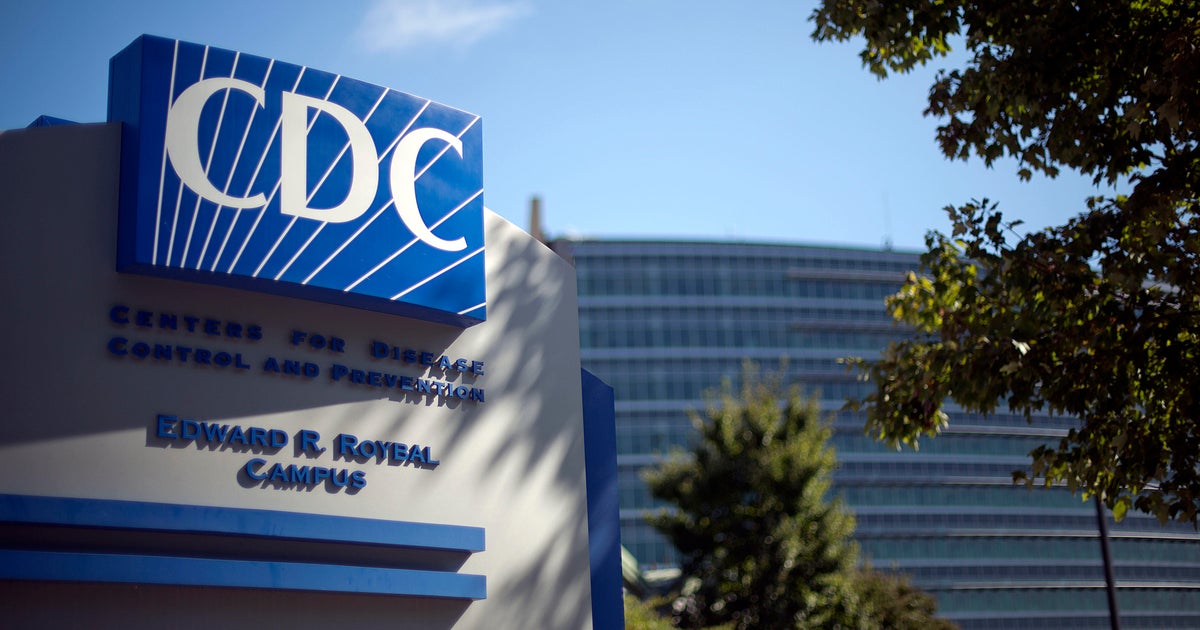I read the plaque as a sightseer in 2016, and it startled me. What Great Fire? Lots happened in 1776, the second year of the Revolutionary War, including the Continental Congress’s approval of the Declaration of Independence and George Washington’s heroic crossing of the Delaware River. But a big fire in New York? That had not found a place in my overcrowded memory, if I’d ever read anything about it.
That unexpected encounter with New York’s early history set me off on an intellectual adventure that continued, sporadically, for the next three years. I had recently retired to New York after a lifetime in Washington and a 50-year career as a writer and editor, and I was looking for a book project to pursue. That unexpected Great Fire looked like a possibility.
I began to make regular visits to the New York Public Library on Fifth Avenue and the New-York Historical Society library on Central Park West. I read newspapers and pamphlets published at the time. I read about the fire, which broke out in the early-morning hours of Sept. 21, 1776, just as the British army and armada were occupying New York, forcing the withdrawal of Washington’s ragtag army after its defeat on Long Island.
The fire did serious damage, destroying as much as 25 percent of a city of 25,000 people. After the fire, at least 5,000 New Yorkers were homeless. The historians I read generally, though not unanimously, agreed that the true cause of the fire was unknown and probably unknowable. “Patriots,” the revolutionary Americans fighting for independence, blamed the invading British forces for starting the blaze, while the British blamed Washington’s troops.
The best recent historian to pass judgment on the question published his findings in the spring of 2019, while I was doing this reading. In “The British Are Coming,” the first volume of a trilogy on the Revolutionary War that was widely hailed as a masterpiece, Rick Atkinson wrote that “no persuasive evidence ever emerged” establishing who set the fire or even if it was set deliberately.
That widely accepted ambiguity and the staggering amount of research I realized would be necessary to write even an inconclusive book about the fire persuaded me to narrow my ambitions. I decided to look for a manageable piece of the story, perhaps a colorful individual or a concise episode that would illuminate life in colonial New York at that interesting moment.
Just as I was making this decision, I found an article from an obscure academic journal, Early American Studies, with a provocative title: “The Night the Yankees Burned Broadway: The New York City Fire of 1776.” The journal had published the article 13 years earlier, in 2006. It had not reached a wide audience, clearly. It’s not mentioned in Atkinson’s vast bibliography, for example.
The article and its footnotes filled 40 pages of a journal published in small type and reached a stark conclusion: “Americans sympathetic to the Whig cause [meaning patriots who supported the Revolution] set New York City on fire in September 1776.”
The byline atop the article said “Benjamin L. Carp, Tufts University.” A few minutes of online sleuthing established that, by 2019, Carp had moved to Brooklyn College, part of the City University of New York, where he was a professor. Within hours, we had agreed to have lunch, at which he told me he had nearly finished a book on the fire. His description of it impressed me. He had apparently done what I had considered too difficult: collected a vast store of relevant information, including witness accounts of the fire and how it started, and a detailed description of the devastating conflagration as it moved up the west side of Manhattan Island. I gleaned from his description that he had put his findings into a rich historical context.
Forty months after our lunch, Yale University Press published Carp’s “The Great New York Fire of 1776: A Lost Story of the American Revolution.” Reading the book convinced me that I’d made the right decision. Carp has left no room for another book about the Great Fire. He has produced an elegant, reader-friendly example of assiduously researched, carefully written American history that feels definitive.
His book isn’t long — just 250 pages of text plus 70 pages of endnotes. The range of sources is impressive: personal letters and diaries, contemporary newspaper accounts, official British and American records, and previous books by scholars who plowed the same ground.
Simply reading Carp’s footnotes is exhausting. They explain why it took him years to research his story. He began reading about the fire 25 years ago, as a Yale undergraduate. He spent his first long days in the New-York Historical Society library in 1997 and stayed with the subject, sporadically, ever since. He also published two other books on early American history, in 2007 and 2010.
Carp’s latest work is not just informative. It gives the reader a chance to watch a talented historian build a powerful case for a bold interpretation of an important event that other historians have interpreted differently. His method is straightforward. He establishes the role of fire as a standard weapon in the Revolutionary War, used by the British in Falmouth, Maine (now Portland), Charlestown, Jamestown, New London and Norfolk. In Norfolk angry rebels completed the incineration of the town begun by a British naval bombardment.
Carp also establishes George Washington’s deep ambivalence about whether fire should be used to deny New York to the British. Washington was certain that possession of the second-largest city (after Philadelphia) in the 13 colonies would give the British a significant boost. But Carp also shows how Washington, a believer in civilian control of the military, took seriously the formal order he received from John Hancock, president of the Continental Congress, who instructed him that “no damage be done to the … city by his troops” if they decided they had to abandon New York.
Nevertheless, Carp writes, Washington never changed his view that letting the British use New York would ultimately make it more difficult to win the war. And he notes that Congress “never forbade Washington from directly ordering (or secretly paying) someone to burn New York.” Carp thinks Washington could have done either of those, or both.
Deliberately setting towns on fire was controversial because both sides were fighting a propaganda war as well as a conventional one. Washington and the Howe brothers, Admiral Richard and General William, who commanded British naval and land forces, wanted to avoid alienating residents of the colonies and the nations of Europe, whom both sides were courting for support in the war. Even when they used it, both sides knew that fire was a controversial weapon that could make its user look barbaric. When fires did have an impact on the war, both sides quickly blamed the other for starting them.
New York was a special case. The wealthiest and most international city in America, its grand mansions and comfortable houses would obviously be useful as a base for an invading army that was just beginning a campaign against uppity colonials. And New York’s population probably included the largest concentration of British loyalists in the colonies.
Washington and the other leaders of the rebellion hoped to win over many New York loyalists, whose money and skills as traders could be important to a new nation. And New Yorkers used their new elected legislature to make clear their opposition to burning their town.
Before the British landing at Kips Bay on the east side of Manhattan on Sept. 15, Washington hoped to defend New York. But he quickly realized that his struggling army was no match for the Howe brothers’ formidable naval and land forces, and when the British landing came, the rebels quickly did abandon the city.
Rumors had circulated in New York for days that if Washington’s troops had to withdraw, they would burn down the city on their way out of town. Most residents had fled; many houses were empty. But at first nothing happened. Then after midnight on the 21st, fires erupted — according to witnesses quoted by Carp, in multiple locations. Like witnesses to any dramatic event, the ones Carp quotes disagreed on many specifics. Some reported that the fires seemed to start in one or two places; others saw three, five, 15 or 20.
Carp’s research produced a rich collection of firsthand descriptions of the fire, mostly from British officers and loyalists who stayed in New York that September and were intent on helping the British establish control. He uses those accounts as the basis of a compelling, 18-page description of the inferno, so vivid that readers may feel the heat. Some of the personal accounts he quotes have been used by other historians, but Carp’s version of the fire is fuller and more coherent than any I had found. He takes his readers into the conflagration.
The witness accounts Carp cites are sometimes inconsistent. But many reported the capture and killing of fire-starters, “incendiaries,” who were caught red-handed that night. Several were reportedly executed — tossed into the flames — on the spot, and scores more arrested. And many witnesses reported the discovery of pre-placed matches and gunpowder around the city, both that night and in the days that followed.
“Ample evidence points to incendiary materials in multiple locations and to people who appeared to be using these materials to burn New York,” Carp writes. “However imperfect the evidence, there is too much of it to ignore the apparent fact that incendiaries deliberately ignited the great fire.”
Who were they? “The people who set fires were a mix of rebel soldiers and civilians, men and women, including at least one mixed-race soldier,” Carp writes, based on who was arrested that night or admitted their roles later. “They had concealed themselves in town, mingled among the Loyalists, or rowed over from New Jersey. They emerged from the margins and set fire to a city.”
Carp does acknowledge repeatedly that he couldn’t prove his conclusions “beyond reasonable doubt.” Historians don’t rely on that standard of proof. Instead, they “must use the imperfect evidence at their disposal to try their best to get at the truth of the past, given what they know about the broader historical context.”
It’s Carp’s re-creation of the historical context for the Great New York Fire, combined with a virtual mountain of circumstantial evidence, that makes his conclusions convincing. He eschews the traditional, romantic image of the Revolutionary War as a saga of set-piece battles and dramatic moments such as Washington crossing the Delaware. That saga is dominated by heroic white knights (the “patriots” of the newly proclaimed American republic) and the dark forces dressed in bright red trying to suppress them.
The real story, Carp argues, is harsher and meaner, and the Great Fire is an important part of it. The fire “challenges and changes the story of ’76,” he writes, “to reflect the chaos and uncertainty that people experienced on the ground.”
Though he does name several, “most of the alleged perpetrators [of the fire] remain anonymous,” Carp writes. “The [witness] sources suggest that many of the incendiaries were anonymous because of their humble background: they were laborers, rank-and-file soldiers, women, and people of color who were beneath the … notice” of those who left behind diaries or letters describing the fire.
The British occupied New York until 1783, when they relinquished it as part of the final peace settlement. To the end of their years in New York, they continued to blame the upstart revolutionaries for setting the city on fire. But they never closed the case, and a final attempt by the last governor to use a board of inquiry to prove Yankee culpability was abandoned without reaching formal conclusions.
And the citizens of the new America, Carp argues, had a strong interest in burying the story of the Great Fire of 1776: “The central narrative of the American Revolution could never incorporate a story of Americans burning New York City.” The patriots were the good guys — and good guys wouldn’t set fire to their most important metropolis.
Robert G. Kaiser is a former managing editor of The Washington Post.
The Great New York Fire of 1776
A Lost Story of the American Revolution
A note to our readers
We are a participant in the Amazon Services LLC Associates Program,
an affiliate advertising program designed to provide a means for us to earn fees by linking
to Amazon.com and affiliated sites.















































